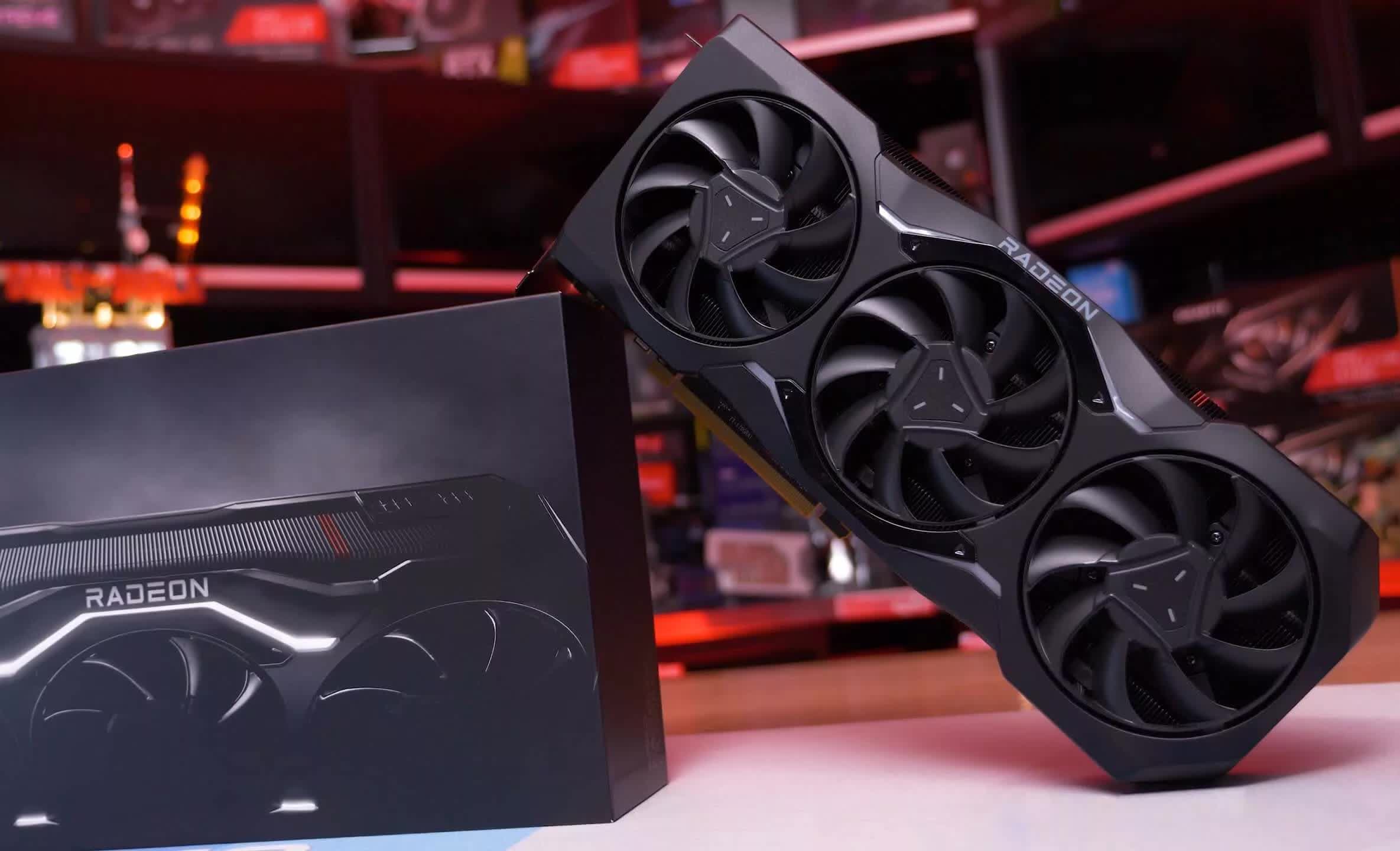Rumor mill: AMD is expected to launch its Radeon RX 8000 GPU lineup later this year, and while it may not include high-end models, mainstream gamers are still buzzing with excitement over RDNA 4. However, some may be disappointed with a new rumor suggesting Team Red could use slower GDDR6 memory in its next-gen GPUs.

The rumor comes from generally reliable tipster @Kepler_L2, who claims that the Radeon RX 8000 GPUs will ship with 18 Gbps GDDR6 memory instead of newer solutions like Samsung's GDDR6W DRAM, which doubles the performance and capacity of GDDR6.
If the claim turns out to be accurate, it will be a highly surprising decision from AMD, especially since Nvidia is expected to launch its RTX 5000-series cards later this year with 28Gbps GDDR7 memory.
AMD has been using 18Gbps memory in many of its current-generation graphics cards like the RX 7900 GRE and RX 7700 XT, as well as all the Navi 33 models, ranging from the Radeon Pro W7600 to the Radeon RX 7600 XT. In fact, AMD's current premium offerings, such as the 7900 XTX and the 7900 XT feature faster memory, with speeds of up to 20Gbps. Even the RX 7800 XT comes with 19.5Gbps memory.
Only 18Gbps �"
– Kepler (@Kepler_L2) April 23, 2024
AMD's use of 18 Gbps GDDR6 could be a major disappointment for gamers hoping for faster memory in the upcoming cards. That said, the RX 8000 series is expected to cater to the mainstream and entry-level markets, so the inclusion of the older technology could be a way for AMD to keep the prices low.
It could also help keep the power consumption in check, as the next-gen solutions are said to consume more power. Either way, all this is still conjecture, as AMD is yet to officially clarify its plans for RX 8000.
While the Radeon RX 8000 line was initially expected to feature high-end cards for enthusiasts and serious gamers, more recent rumors suggest that it will only include mid-range and entry-level models for the mainstream market.
The two expected SKUs in the RX 8000 series are the Navi 48 and Navi 44 that were spotted in ROCm patches last year. The former is expected to power the mid-range cards, while the latter is said to be the entry-level option.
AMD Radeon RX 8000 RDNA 4 GPUs rumored to use slower 18 Gbps GDDR6 memory

